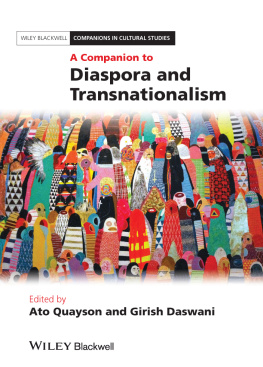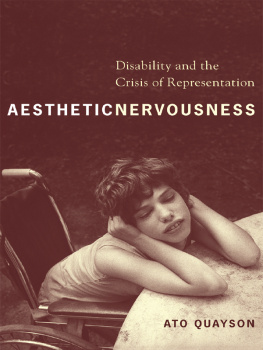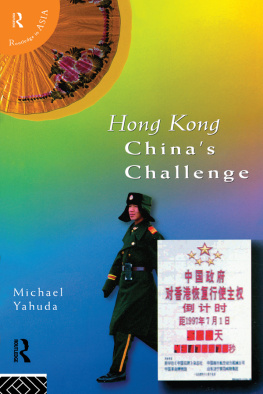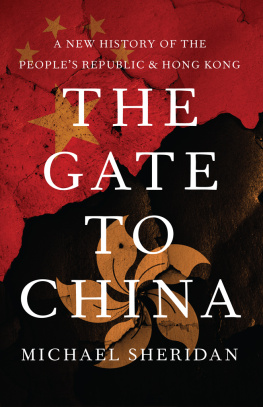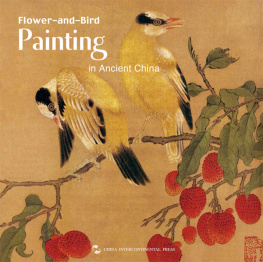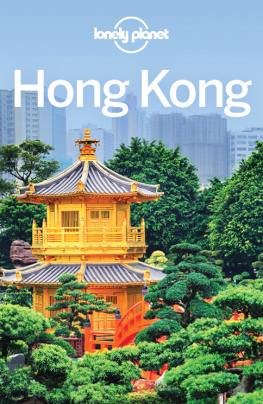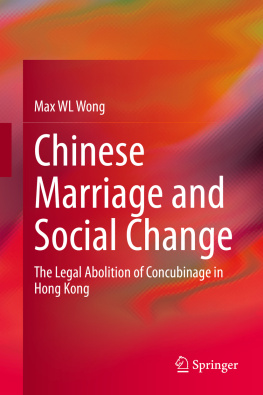
CHINA
China in the closing days of its Imperial era are captured in the drawings and paintings of the artist Mortimer Menpes, noted for his portrayals of the Far East, with text by Sir Henry Arthur Blake, who served as Governor of Hong Kong. Blake writes with elegant authority on Chinese life, customs and landscape, including the Temples of the Seven Star Hills, Opium, Life on the Yangtse, Flower Boats, Curious Forms of Gambling and the Houses of the Wealthy, and the pages are enlivened by Menpes marvellous drawings that bring the narrative to life. Now that interest in traditional China has never been greater, the publication of this classic treasure is indeed timely.
www.keganpaul.com
THE KEGAN PAUL CHINA LIBRARY
WANDERINGS IN CHINA Robert Fortune
CHINESE JADES Pierre F. Schneeberger
VILLAGE LIFE IN CHINA Arthur H. Smith
SOCIAL LIFE OF THE CHINESE Justus Doolittle
BEYOND THE GOLDEN LOTUS Ko Lien Hua Ying
SUN TZU ON THE ART OF WAR Lionel Giles
THE MIDDLE KINGDOM S. Wells Williams
THE TRIADS J. M. S. Ward and W. G. Stirling
THE SACRED 5 OF CHINA William Edgar Geil
CHINESE CREEDS AND CUSTOMS Valentine Rodolphe Burckhardt
CHINA Mortimer Menpes
CHINESE HOUSES AND GARDENS Henry Inn
THE CHINESE AT PLAY
ed. Anders Hansonn, Bonnie S. McDougall & Frances Weightman
TEST TUBES AND DRAGON SCALES George C. Basil
BOOKS OF RELATED INTEREST
CHINESE COOKERY SECRETS Esther Chan
WITH THE EMPRESS DOWAGER OF CHINA Katherine A. Carl
EARLY CHINESE MEDICAL LITERATURE Donald Harper
FOUR HUNDRED MILLION CUSTOMERS Carl Crow
.
CHINA
MORTIMER MENPES AND HENRY ARTHUR BLAKE
First published 2006 by
Kegan Paul Limited
Published 2013 by Routledge
2 Park Square, Milton Park, Abingdon, Oxon OX14 4RN
711 Third Avenue, New York, NY, 10017, USA
Routledge is an imprint of the Taylor & Francis Group, an informa business
Kegan Paul, 2006
All rights reserved. No part of this book may be reprinted or reproduced or utilised in any form or by any electric, mechanical or other means, now known or hereafter invented, including photocopying or recording, or in any information storage or retrieval system, without permission in writing from the publishers.
British Library Cataloguing in Publication Data
Menpes, Mortimer
China. (China Library)
1.China Social life and customs 1912-1949 2.China
Civilization 1912-1949
I. Title II.Blake, Henry Arthur
951.04
ISBN 13: 978-0-710-31066-8 (hbk)
CONTENTS
Description of China; Her Early History; Tartar Garrisons; Chinese Soldiers; Family Life; Power of Parents; Foot-Binding
Marriage Customs; Ancestral Halls; Official Hierarchy; Competitive Examinations; Taxation; Punishments; Torture; Story of Circumstantial Evidence
Gradations of Chinese Society; Agriculture; Fung Sui; Pawn Offices; River Boats and Junks; The Bore at Haining; Fishing Industry; Piracy on Rivers; Li Hung Chang; The West River; Temples of the Seven Star Hills; Howlick
The Yangtze; Opium; Conclusions of Singapore Commission; British and German Trade in the Far East; Town and Country Life; Chinese Cities; Peking; Temple of Agriculture; Spring Ceremony of Ploughing by the Emperor and his Court
Peasant Cultivators; Religious Beliefs; Theatricals; Famine; Life in Coast Cities; Canton; Guild-Houses; Beggar Guild; Official Reception by Viceroy; Chinese Writing; Life of an Official
Houses of Wealthy Inhabitants; Flower-Boats; Reform Movement among Chinese Women; Shanghai Womens Convention; Womens Superstitions; Chinese Ladies; Fashions; Visiting
General Description of Hong Kong; Happy Valley; Peak District; Night View of Harbour; Typhoon; Energy of Survivors; The Streets; Early Morning Life of the City; Chinese Workmen; The Barber; The Sawyer; The Stonecutter; The Coolie; Gambling; Some Street Games
Dragon-Boat Races; Festival at Macao; New Year; New Year Customs; Hong Kong Races; Curious Forms of Gambling; Charitable Institutions of Hong Kong; The Future of China
LIST OF ILLUSTRATIONS
BY MORTIMER MENPES, R.I., R.E.
1. A SHOEMAKER
Also 64 Facsimile Reproductions in Black and White
These Illustrations were Engraved and Printed by the Menpes Printing Company, Ltd., Watford, under the personal supervision of Miss Maud Menpes
CHINA
IN attempting even a slight sketch of China, its physical features, or some of the manners and customs of the various peoples whom we designate broadly as the Chinese, the writer is confronted with the difficulty of its immensity. The continuous territory in Asia over which China rules or exercises a suzerainty is over 4,200,000 square miles, but China Proper, excluding Manchuria, Mongolia, Tibet, and Turkestan, consists of eighteen provinces, covering an area of 1,530,000 square miles, with a population of about 410,000,000, or about twelve and a half times the area of the United Kingdom, and ten times its population.
This area is bounded on the west by southern spurs from the giant mountain regions of Eastern Tibet, that stretch their long arms in parallel ranges through Burma and Western Yunnan, and whose snow-clad crests send forth the great rivers Salween and Mekong to the south, the Yangtze and Yellow Rivers to the east, to fertilize the most productive regions on the surface of the globe.
It is this conformation that has so far presented an insurmountable barrier to the construction of a railway from Bhamo in Burmese territory to the high plateau of Yunnan, from whence the province of Szechwan, richest of all the eighteen provinces in agricultural and mineral wealth, could be reached. Some day the coal, iron, gold, oil, and salt of Szechwan will be exploited, and future generations may find in the millionaires of Szechwan Chinese speculators as able and far-seeing as the financial magnates who now practically control the destinies of millions in the Western world.
The portion south of the Yangtze is hilly rather than mountainous, and the eastern portion north of that great river is a vast plain of rich soil, through which the Yellow River, which from its periodical inundations is called Chinas Sorrow, flows for over five hundred miles.
In a country so vast, internal means of communication are of the first importance, and here China enjoys natural facilities unequalled by any area of similar extent. Three great rivers flow eastward and southwardthe Hoang-ho, or Yellow River, in the north, the Yangtze in the centre, and the Pearl River, of which the West River is the largest branch, in the south. The Yangtze alone with its affluents is calculated to afford no less than 36,000 miles of waterways. The river population of China comprises many millions, whose varied occupations present some of the most interesting aspects of Chinese life.


